It's That Time Of Year, Spring Break (Page One)
Sue, Robin, Connor, Stephanie, Nick , and Paul head to the Long Beach Aquarium for a day with the fissies!
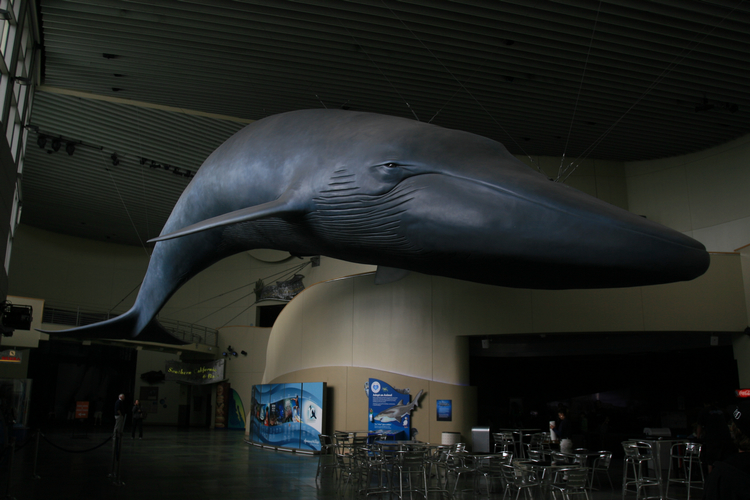
We are always greeted by the great whale which is 80+ feet long and hangs over the Great Hall

Stephanie was on break so she joined us for the outing

Every color on earth was on display by these litle guys
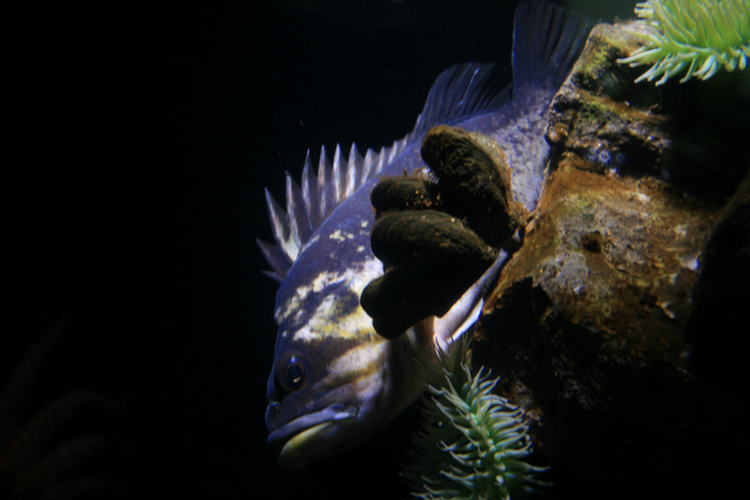
We call him Mr. Grumpy
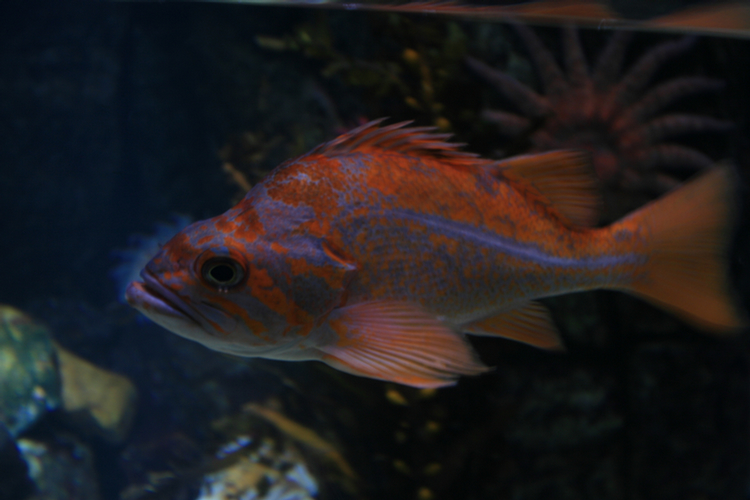
His name is Rusty
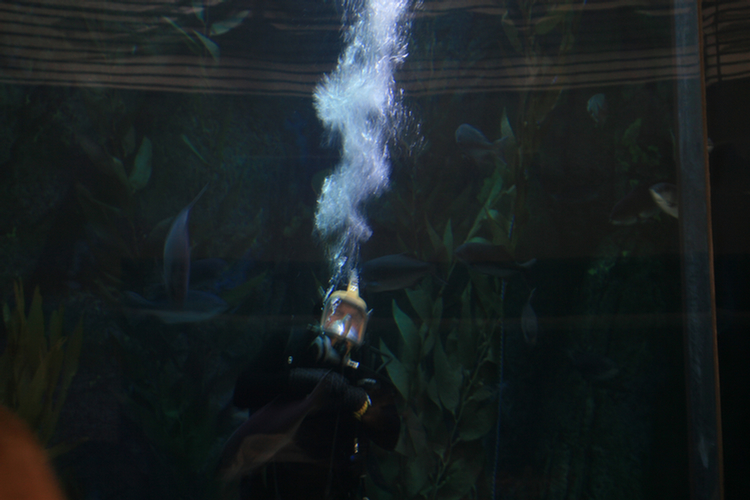
The scuba crew was busy talking to the crowds and cleaning the tank
Outside To See The Other Critters
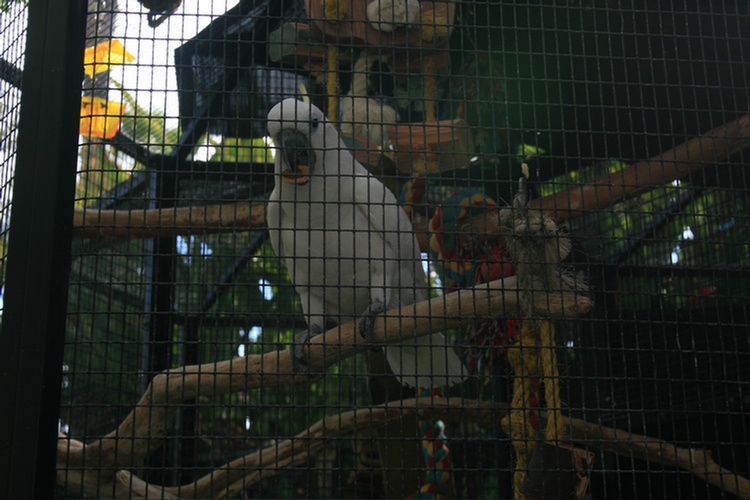
This little guy was new and was being acclimated to the surroundings
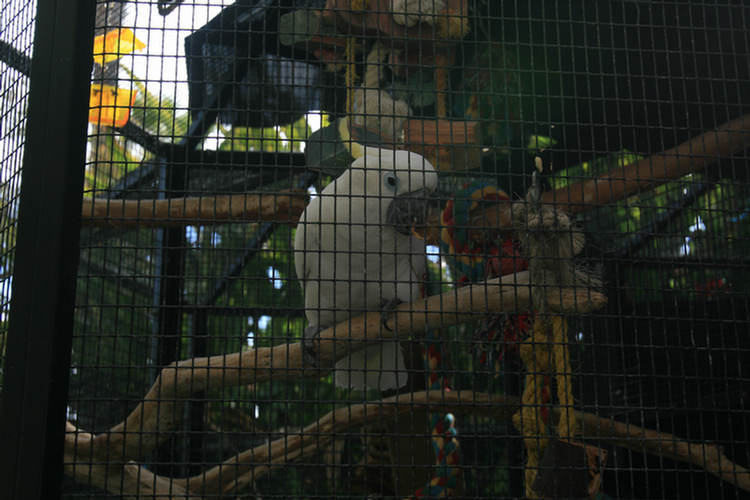
We saw him use his powerful beak to break the nut and eat the inside
Shark Lagoon
Did You Know? - A lagoon is a body of comparatively shallow salt or brackish water separated from the deeper sea by a shallow or exposed sandbank, coral reef, or similar feature. Thus, the enclosed body of water behind a barrier reef or barrier islands or enclosed by an atoll reef is called a lagoon. This application of lagoon in English dates from 1769.
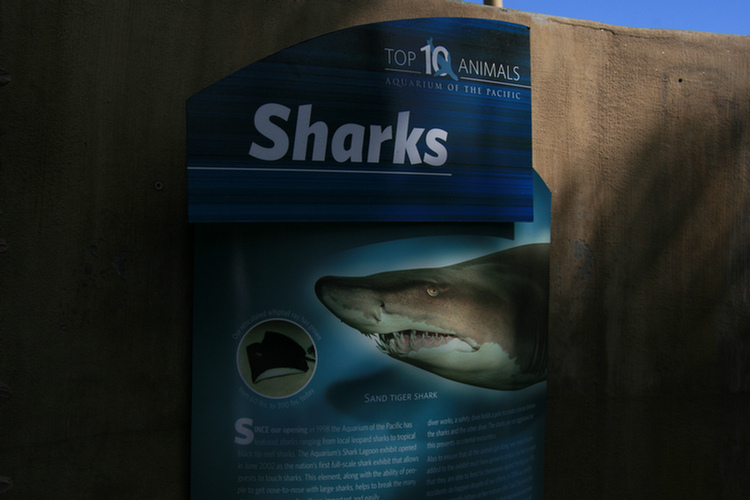
Did you know? - Sharks (superorder Selachimorpha) are a type of fish with a full cartilaginous skeleton and a highly streamlined body. They respire with the use of five to seven gill slits. Sharks have a covering of dermal denticles that protect their skin from damage and parasites and improve fluid dynamics. They have several sets of replaceable teeth.
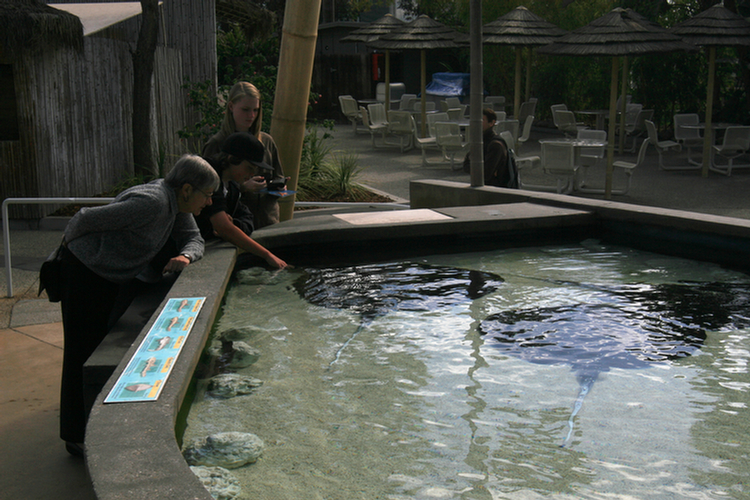
Petting the sharks and rays was a load of fun

These guys are big!
Did you know? - Batoidea is a superorder of cartilaginous fish containing more than 500 described species in thirteen families. They are commonly known as rays, but that term is also used specifically for batoids in the order Rajiformes, the "true rays". Batoids include stingrays, skates, electric rays, guitarfishes and sawfishes.
Batoids are most closely related to sharks and young batoids look very much like young sharks. Indeed according to recent DNA analyses the catshark is more closely related to the batoids than to other sharks.
Batoids are flat-bodied, and, like sharks, are a species of cartilaginous marine fish, meaning they have a boneless skeleton made of a tough, elastic substance. Most batoids have five ventral slot-like body openings called gill slits that lead from the gills, but the Hexatrygonidae have six. Batoid gill slits lie under the pectoral fins on the underside, whereas a shark's are on the sides of the head. Most batoids have a flat, disk-like body, with the exception of the guitarfishes and sawfishes, while most sharks have a streamlined body. Many species of batoid have developed their pectoral fins into broad flat wing-like appendages. The anal fin is absent.
The eyes and spiracles are located on top of the head.
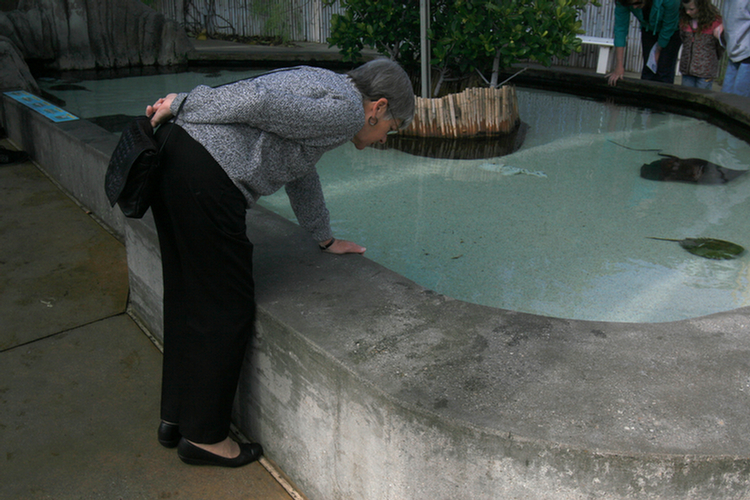
Do NOT fall in!
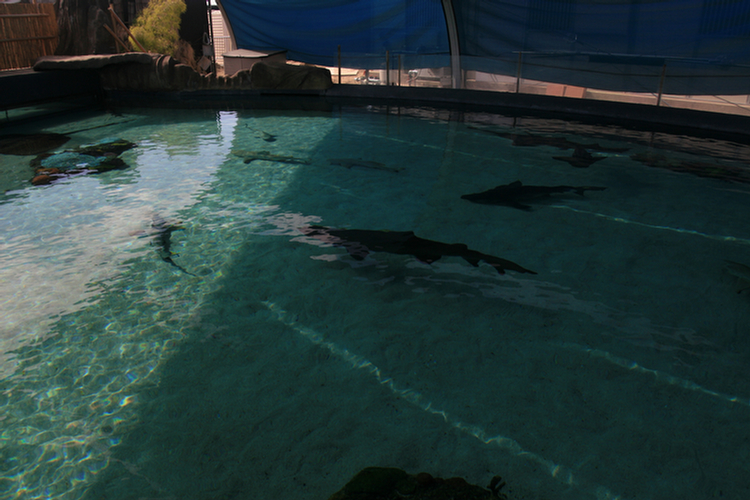
Really do not fall into this tank!
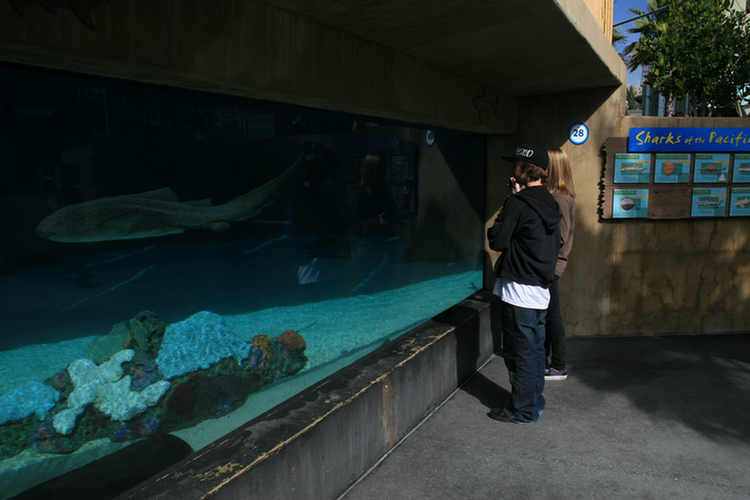
The under water view is amazing
Did you know? - An aquarium (plural aquariums or aquaria) is a vivarium consisting of at least one transparent side in which water-dwelling plants or animals are kept. Fishkeepers use aquaria to keep fish, invertebrates, amphibians, marine mammals, turtles, and aquatic plants. The term combines the Latin root aqua, meaning water, with the suffix -arium, meaning "a place for relating to".
An aquarist owns or maintains an aquarium, typically constructed of glass or high-strength plastic. Cuboid aquaria are also known as fish tanks or simply tanks, while bowl-shaped aquaria are also known as fish bowls. Size can range from a small glass bowl to immense public aquaria. Specialised equipment maintains appropriate water quality and other characteristics suitable for the aquarium's residents.
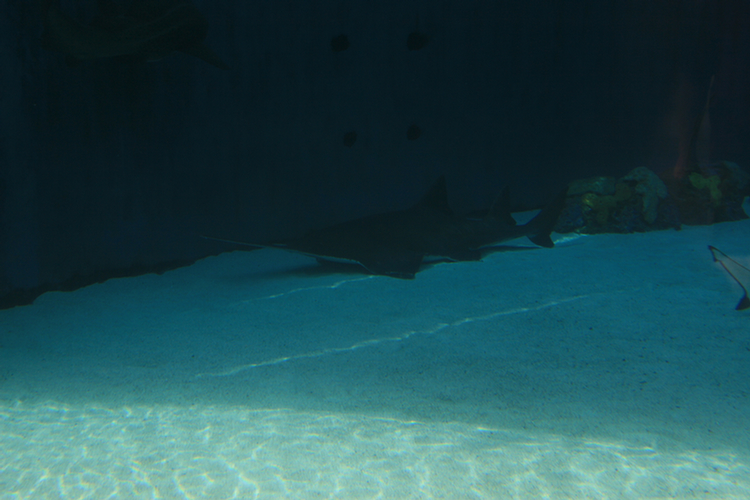
The sawfish is not really a fish but part of the ray family
Did you know? - Sawfishes are a family of marine animals related to rays. Their most striking appearance is a long, toothy snout. They are members of the sole living family Pristidae within the order Pristiformes, from the Greek pristēs meaning "a sawyer" or "a saw".
The most eye-catching feature of the sawfish is their saw-like rostrum. The rostrum is covered with motion- and electro-sensitive pores that allow sawfish to detect movement and even heartbeats of buried prey in the ocean floor as the sawfish hovers over the bottom. It is also used as a digging tool to unearth buried crustaceans. When a suitable prey swims by, the normally lethargic sawfish will spring from the bottom and slash at it furiously with its saw. This generally stuns or injures the prey sufficiently for the sawfish to devour it without much resistance. Sawfishes have also been known to defend themselves with their rostrum, against predators such as sharks, and against intruding divers. The "teeth" protruding from the rostrum are not real teeth, but modified tooth-like structures called denticles.
The body and head of a sawfish are flat, and they spend most of their time lying on the sea floor. Like rays, the mouth and nostrils of sawfishes are located on their flat undersides. The mouth is lined with small, dome-shaped teeth for eating small fish and crustaceans; though sometimes the fish swallows them whole. Sawfishes breathe with two spiracles just behind the eyes that draw water to the gills. The skin is covered with tiny dermal denticles that gives the fish a rough texture. Sawfishes are usually light grey or brown; the smalltooth sawfish, Pristis pectinata, appears olive green.
Like other elasmobranchs, sawfishes lack a swim bladder and use a large, oil-filled liver instead to keep them buoyant. Their skeleton is made of cartilage. The eyes of sawfish are undeveloped due to their muddy habitat. The rostrum is the main sensory device. The intestines are shaped like a corkscrew, called a spiral-valve.
Sawfish became a powerful symbol in many cultures. Aztecs revered sawfish as an "Earth monster." Its rostrum is used by some Asian shamans for exorcisms and other ceremonies to repel demons and disease, which has contributed to its demise.

Neat New Display
A new area has opened up revealing how water flows across the Los Angeles/Orange County areas into the ocean.



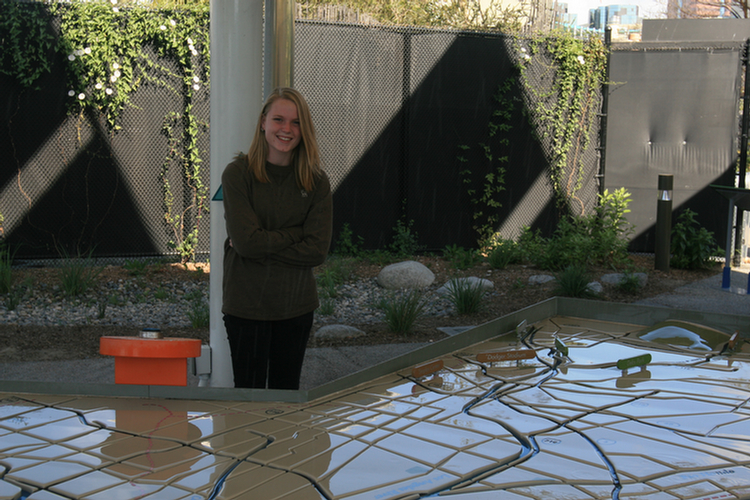
Stephanie enjoys the simulated rain and water flows
Back To The Animals

He was flirting with everybody and enjoying it
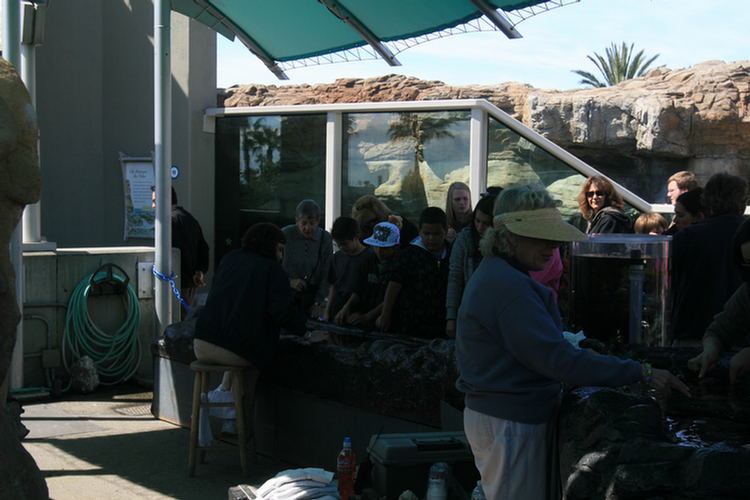
The group gets to touch the tidal creatures
Did you know? - Tide pools are rocky pools by oceans that are filled with seawater. Tide pools are habitats of uniquely adaptable animals that have engaged the special attention of naturalists and marine biologists, as well as philosophical essayists: John Steinbeck wrote in The Log from the Sea of Cortez, "It is advisable to look from the tide pool to the stars and then back to the tide pool again."
Tide pools provide a home for hardy organisms. Inhabitants must be able to cope with a constantly changing environment — fluctuations in water temperature, salinity, and oxygen content. Huge waves, strong currents, exposure to midday sun and predators are only few hazards that tide pools animals should endure to survive. Waves crashing on rocks threaten to dislodge mussels and draw them out to sea. Sea gulls are picking up and dropping down sea urchins to break them open. Starfishs prey on mussels and make a good lunch for gulls themselves. Although organisms here must struggle to survive—avoid getting washed away into the ocean, drying up in the sun, getting eaten—they depend on the tide pool's constant changes for food.
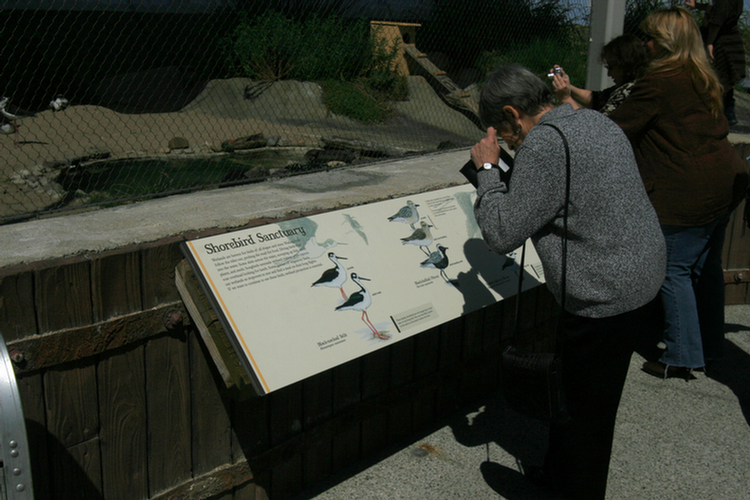
Sue getting ready for a tide pool walk
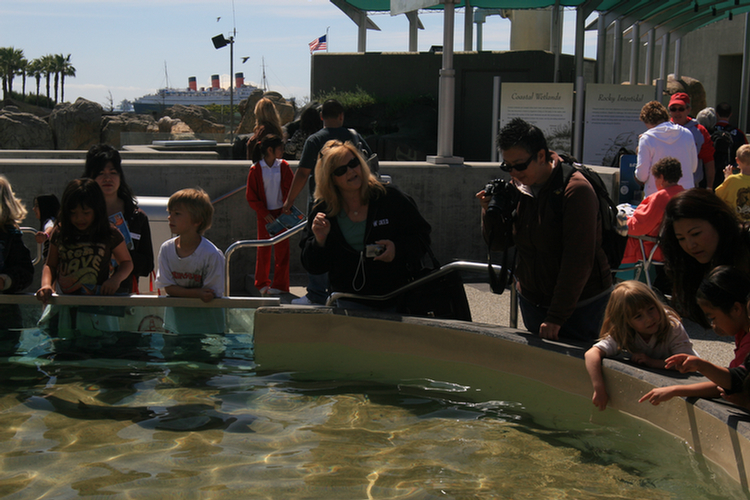
Robin enjoys the pools
Back Inside Until we Go For The Harbor Cruise

Photography is not easy inside
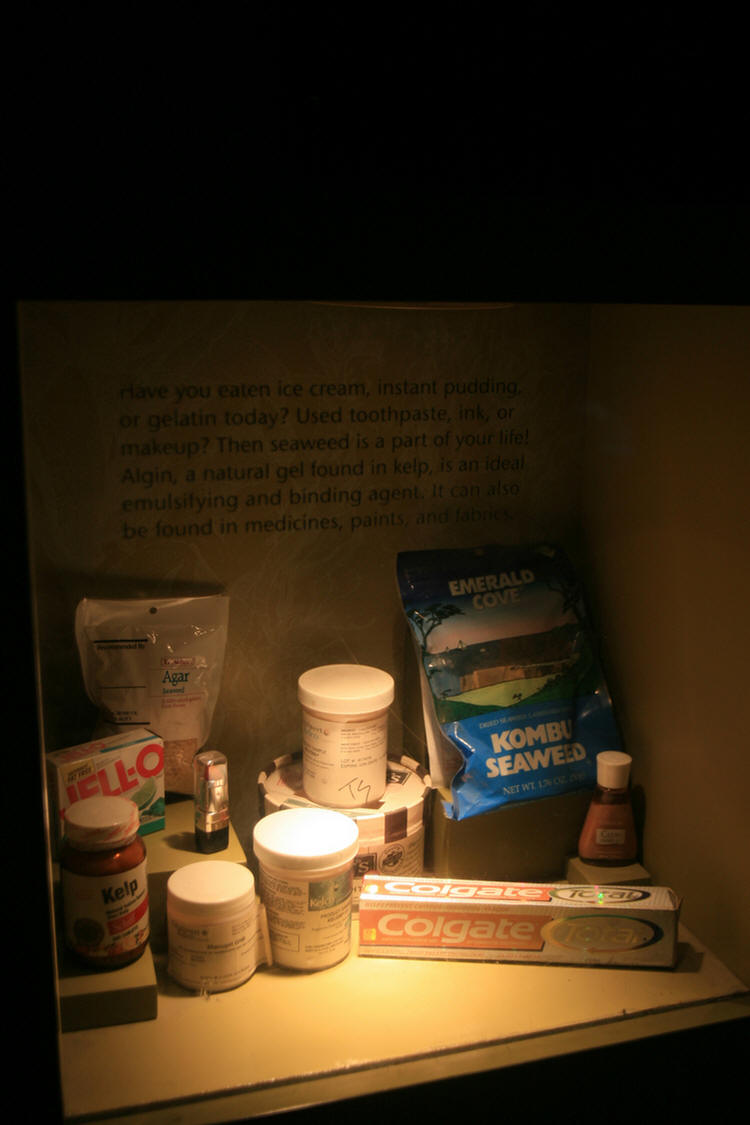
Seaweed is used for everything!
Did you know? - Seaweed is a loose colloquial term encompassing macroscopic, multicellular, benthic marine algae. The term includes some members of the red, brown and green algae. Seaweeds can also be classified by use (as food, medicine, fertilizer, industrial, etc.)
The ecology of seaweeds is dominated by two specific environmental requirements. These are the presence of seawater (or at least brackish water) and the presence of light sufficient to drive photosynthesis. A very common requirement is also to have a firm point of attachment. As a result, seaweeds are most commonly found in the littoral zone and within that zone more frequently on rocky shores than on sand or shingle. The ecological niches utilised by seaweeds are wide ranging.
At the highest level are those that inhabit the zone that is only wetted by the tops of sea spray, the deepest living are those that are attached to the seabed under several meters of water. In some parts of the world, the area colonized by littoral seaweeds can extend for several miles away from the shore. The limiting factor in such cases is the availability of sufficient sun-light to support photosynthesis. The deepest living seaweeds are the various kelps. In addition to the familiar seashore seaweeds, a number of species have adapted to a fully planktonic niche and are free-floating, often with the assistance of gas filled sacs. Sargassum is one of the better known examples of this type of seaweed.
Seaweeds are also harvested or cultivated for the extraction of alginate, agar and carrageenan, gelatinous substances collectively known as hydrocolloids or phycocolloids. Hydrocolloids have attained commercial significance, especially in food production as food additives. The food industry exploits the gelling, water-retention, emulsifying and other physical properties of these hydrocolloids. Agar is used in foods such as confectionery, meats and poultry products, desserts and beverages and moulded foods. Carrageenan is used in preparation of salad dressings and sauces, dietetic foods, and as a preservative in meat and fish products, dairy items and baked goods. Alginates enjoy many of the same uses as carrageenan, but are also used in production of industrial products such as paper coatings, adhesives, dyes, gels, explosives and in processes such as paper sizing, textile printing, hydro-mulching and drilling.

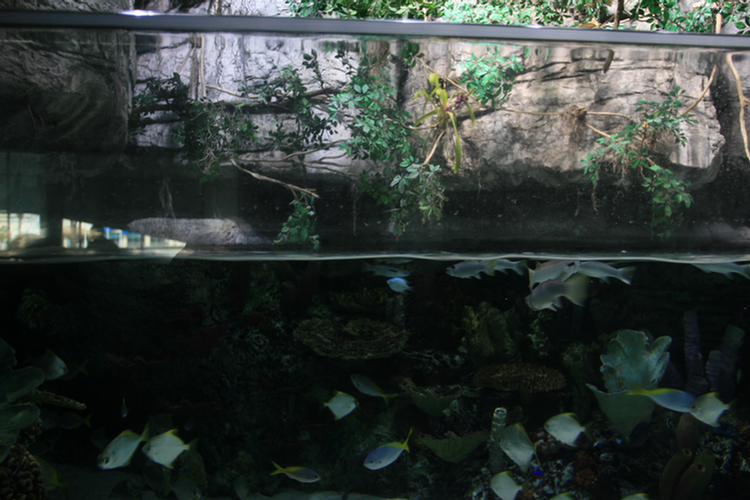
Great visual!
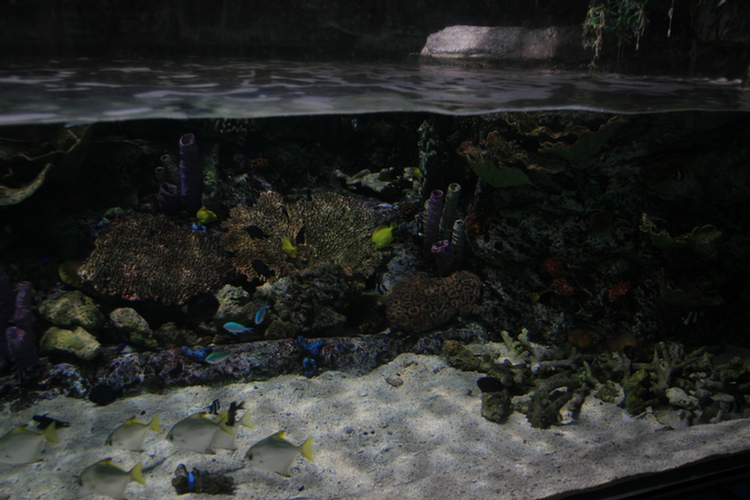
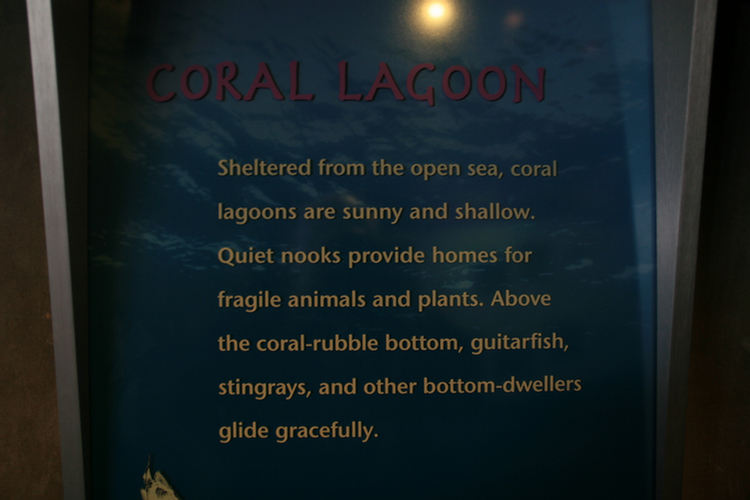
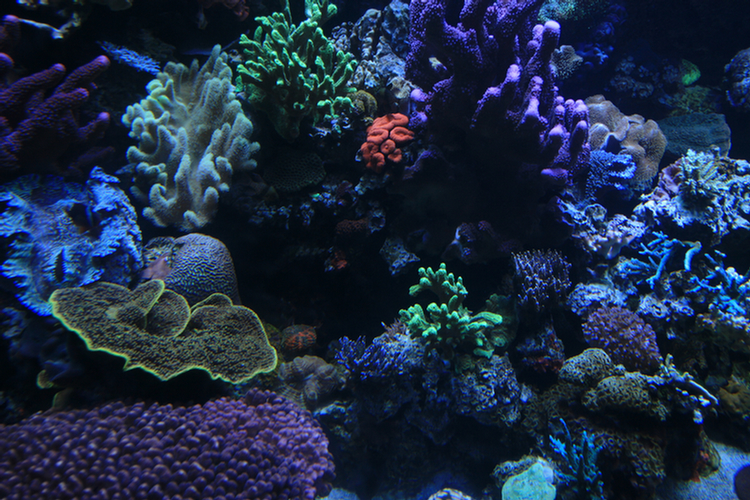
Corals are most beautiful
Did You Know? - Corals marine organisms from the class Anthozoa and exist as small sea anemone–like polyps, typically in colonies of many identical individuals. The group includes the important reef builders that are found in tropical oceans, which secrete calcium carbonate to form a hard skeleton.
A coral "head", commonly perceived to be a single organism, is formed from thousands of individual but genetically identical polyps, each polyp only a few millimeters in diameter. Over thousands of generations, the polyps lay down a skeleton that is characteristic of their species. A head of coral grows by asexual reproduction of the individual polyps. Corals also breed sexually by spawning, with corals of the same species releasing gametes simultaneously over a period of one to several nights around a full moon.

Here is Nemo!
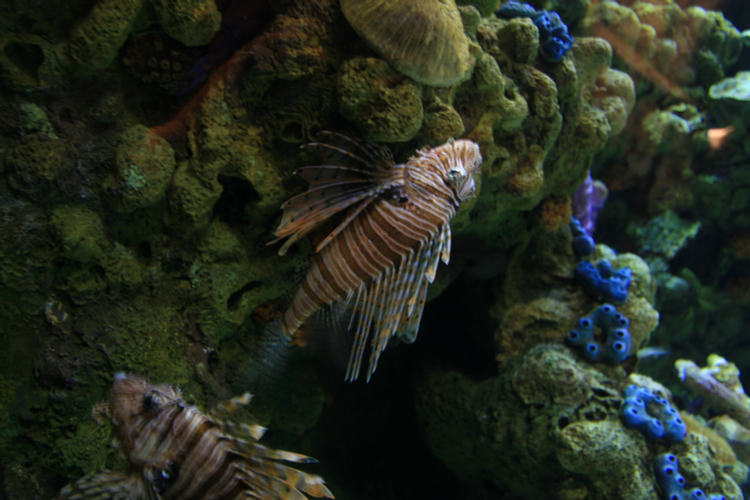
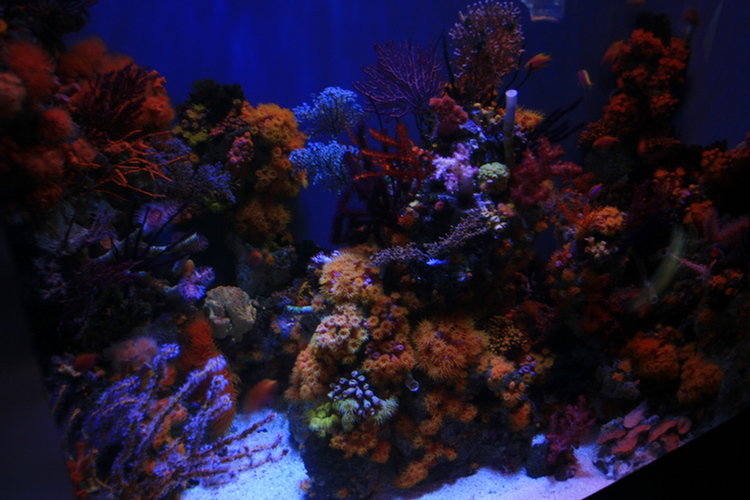
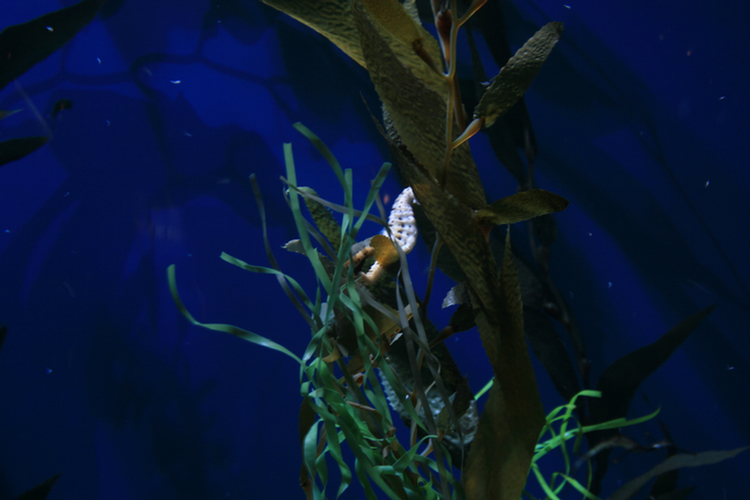
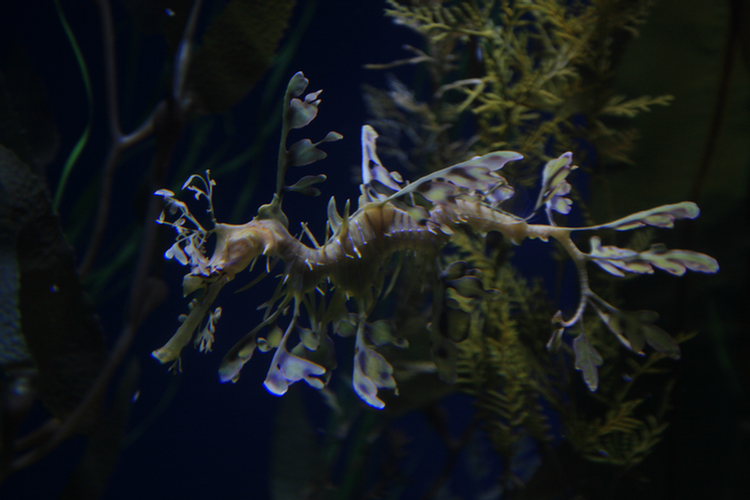
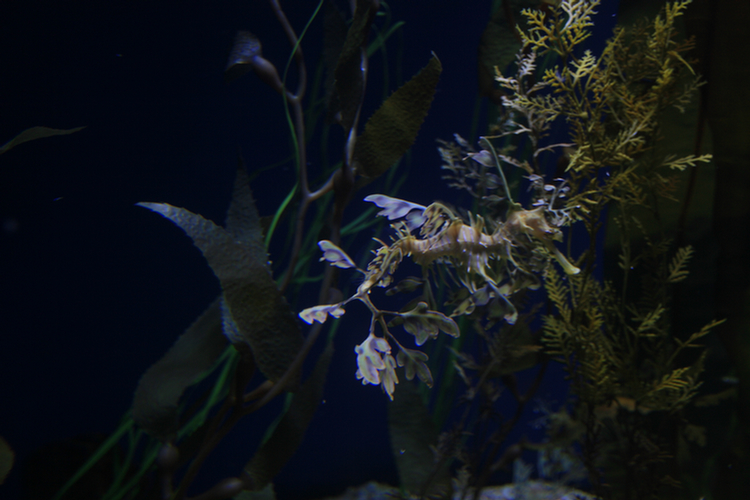

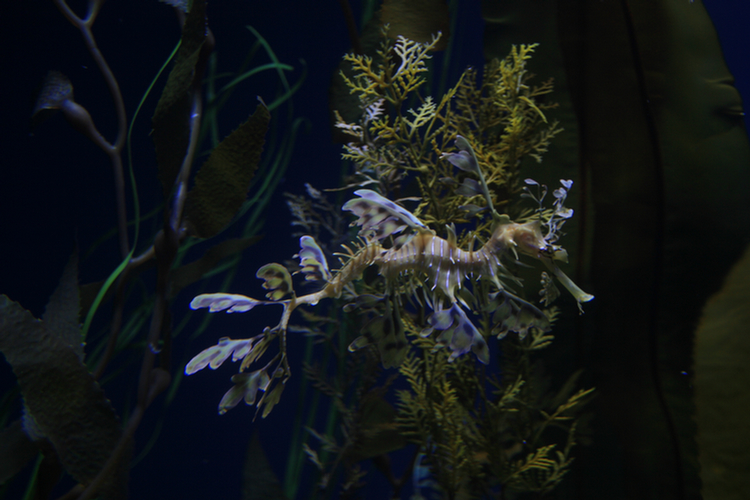
Outside To The Petting Zoo


Use the two-finger rule



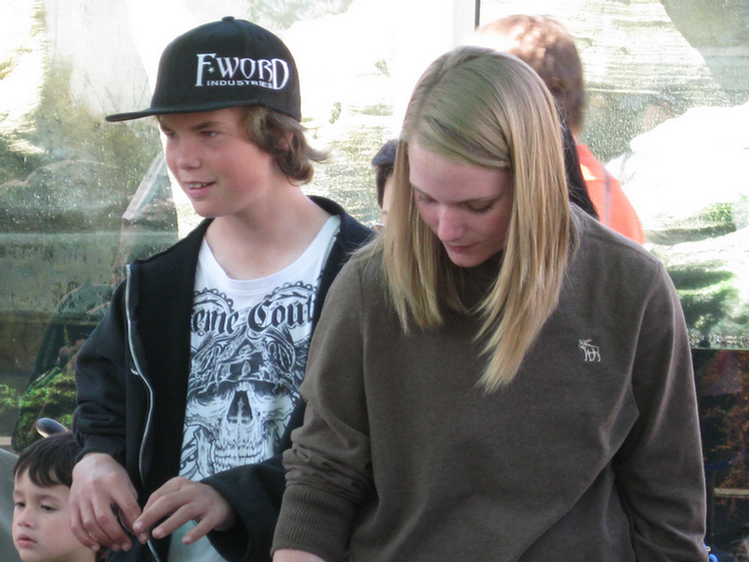
Connor and Stephanie get a kick out of the little creatures
